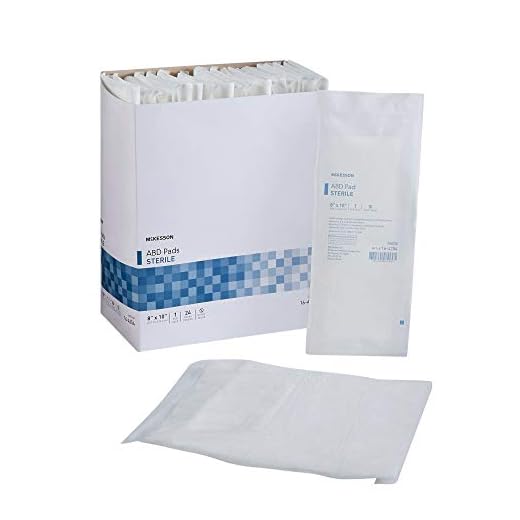
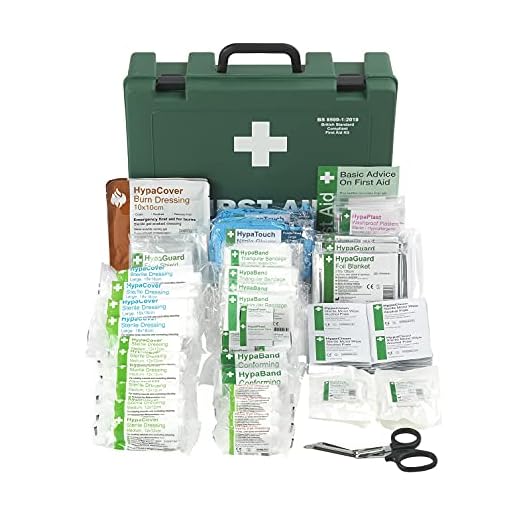
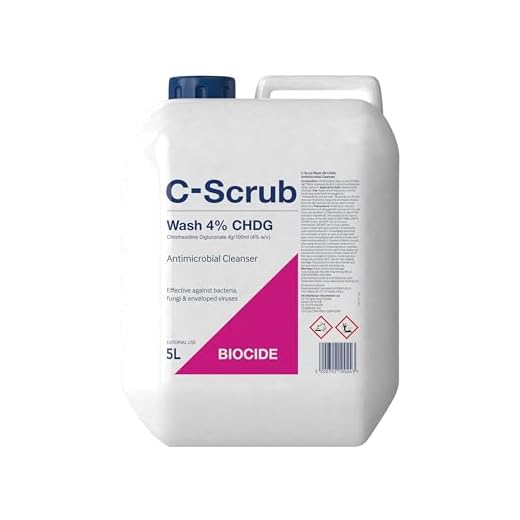

Immediately cool the affected area with running cold water for at least 20 minutes. This reduces inflammation and helps alleviate pain. Avoid using ice directly on the skin, as it can cause further damage.
After cooling, gently cleanse the burn with a mild soap and water. Pat the area dry with a clean towel, and do not rub, as this can irritate the skin. Apply a sterile, non-stick bandage to protect the injury from dirt and bacteria.
If blisters develop, do not pop them. Keeping them intact aids in the healing process and prevents infection. Monitor the injury closely for signs of infection, such as increased redness, swelling, or pus. If these symptoms appear, consult a healthcare professional promptly.
Over-the-counter pain relief can be utilised to manage discomfort. Always follow the recommended dosage instructions. Hydration is equally important; drink plenty of fluids to assist in the body’s recovery.
Once healing begins, consider using a moisturising lotion to maintain skin elasticity and reduce any potential scarring. If scars do form, there are various treatments available that can help improve their appearance, including silicone gel sheets or professional dermatological procedures.
Response to a High-Pressure Injury
Immediately rinse the affected area under cool running water for at least 20 minutes. This helps to cool the skin and reduce damage. Avoid ice or very cold water, as this can worsen the tissue injury.
After Rinsing Care
Gently pat the area dry with a clean towel. Avoid rubbing the skin to prevent further irritation.
- Apply a sterile non-stick dressing to protect the injury.
- If blisters develop, do not pop them; they act as a natural barrier against infection.
- Consider using an over-the-counter pain reliever to alleviate discomfort.
Signs of Infection
Monitor for any signs of infection such as increased redness, swelling, warmth, or discharge. Should these symptoms appear, consult a healthcare professional without delay.
- Keep the area clean and dry.
- Change the dressing daily, or if it becomes wet or soiled.
In more severe instances, seek medical attention to evaluate and manage the injury effectively. Early intervention can significantly impact the healing process and reduce the risk of complications.
Identify the Severity of the Burn
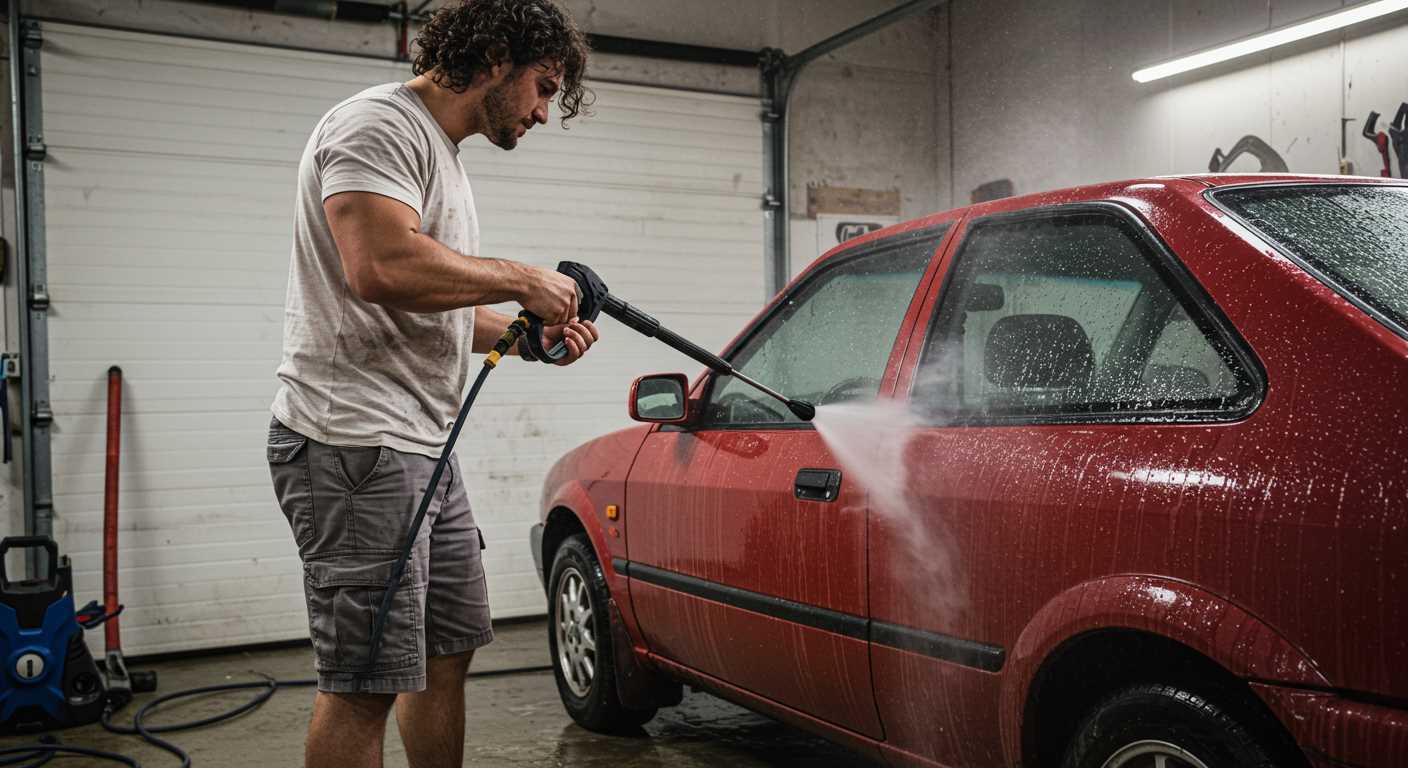
To accurately assess the impact of the injury, I adopt a systematic approach based on visual cues and symptom presentation. The classification typically follows three primary levels: first-degree, second-degree, and third-degree.
If the skin appears red, dry, and painful without blisters, it’s classified as first-degree. This stage indicates a superficial injury, generally manageable at home with basic care.
In cases where the surface shows blisters, accompanied by significant pain and swelling, a second-degree classification applies. This scenario warrants heightened caution, as the deeper layers are affected, necessitating more comprehensive attention.
Third-degree injuries present a stark contrast, characterised by a loss of skin integrity, potential exposure of underlying tissues, and a lack of sensation in the burned area. Such severity demands immediate medical intervention, given the threat of infection and further complications.
Once I identify the severity, I can decide whether home care suffices or if professional help is crucial. Recognising these distinctions early accelerates recovery and minimises long-term effects.
Clean the Affected Area Properly
Gently rinse the injured skin with lukewarm water for at least 20 minutes to remove any debris or contaminants. Avoid using ice-cold or extremely hot water, as these temperatures can exacerbate the condition. If available, using a mild antiseptic soap can help cleanse the area further without irritating the wound.
After rinsing, pat the skin dry with a clean, soft towel. Avoid rubbing the area to minimise additional trauma. Inspect it for any signs of infection, such as increased redness, swelling, or pus. If any of these symptoms appear, seek professional advice promptly.
Use Appropriate Cleansers
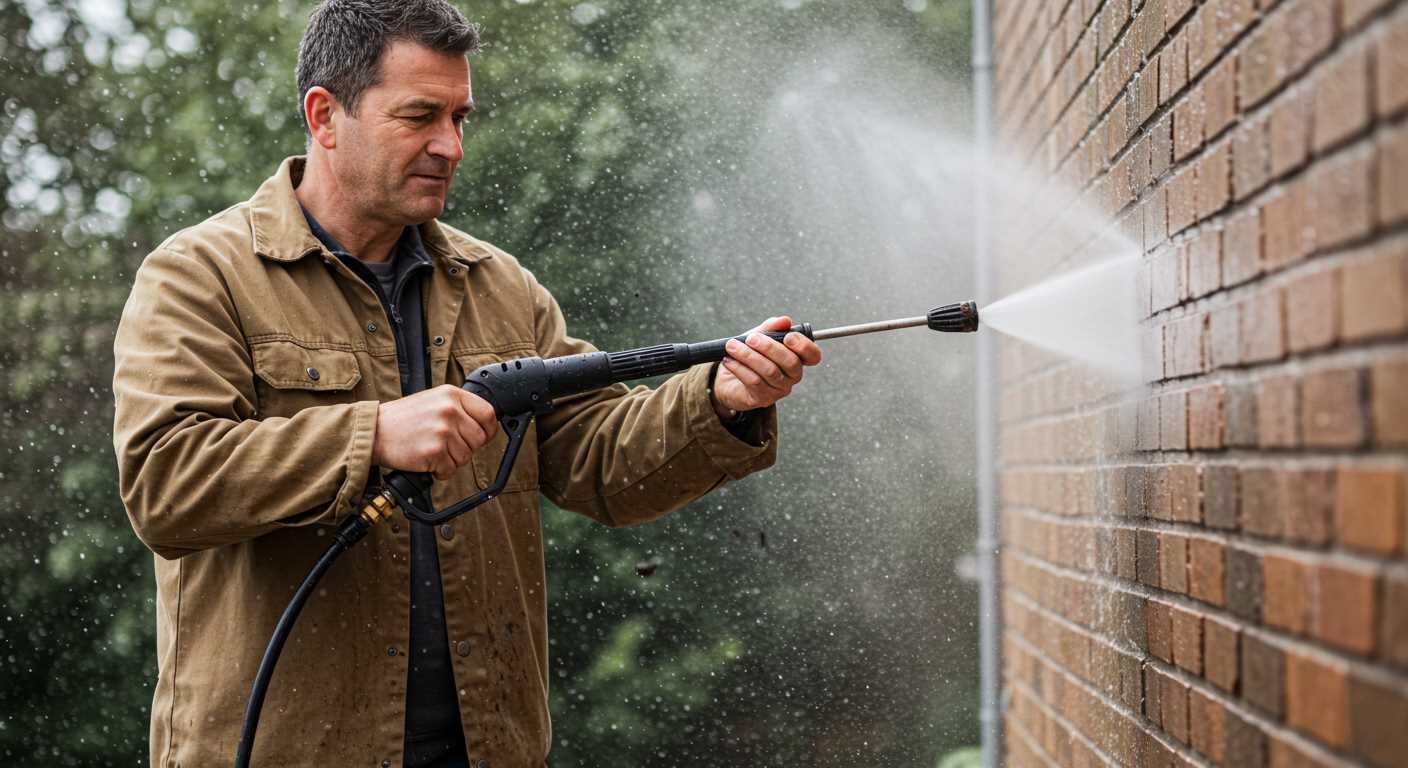
Opt for fragrance-free, hypoallergenic cleansers to prevent further irritation. Anything harsh, such as alcohol or strong antibacterial solutions, may cause additional damage to the delicate skin. After cleaning, apply a sterile, non-stick bandage to protect the site as it heals.
Keep the bandage clean and dry, changing it at least once daily or if it becomes damp or dirty. Continue observing the area for signs of healing or infection. Maintaining proper hygiene during this phase is critical to ensure a smooth recovery.
Apply Cold Compress for Relief
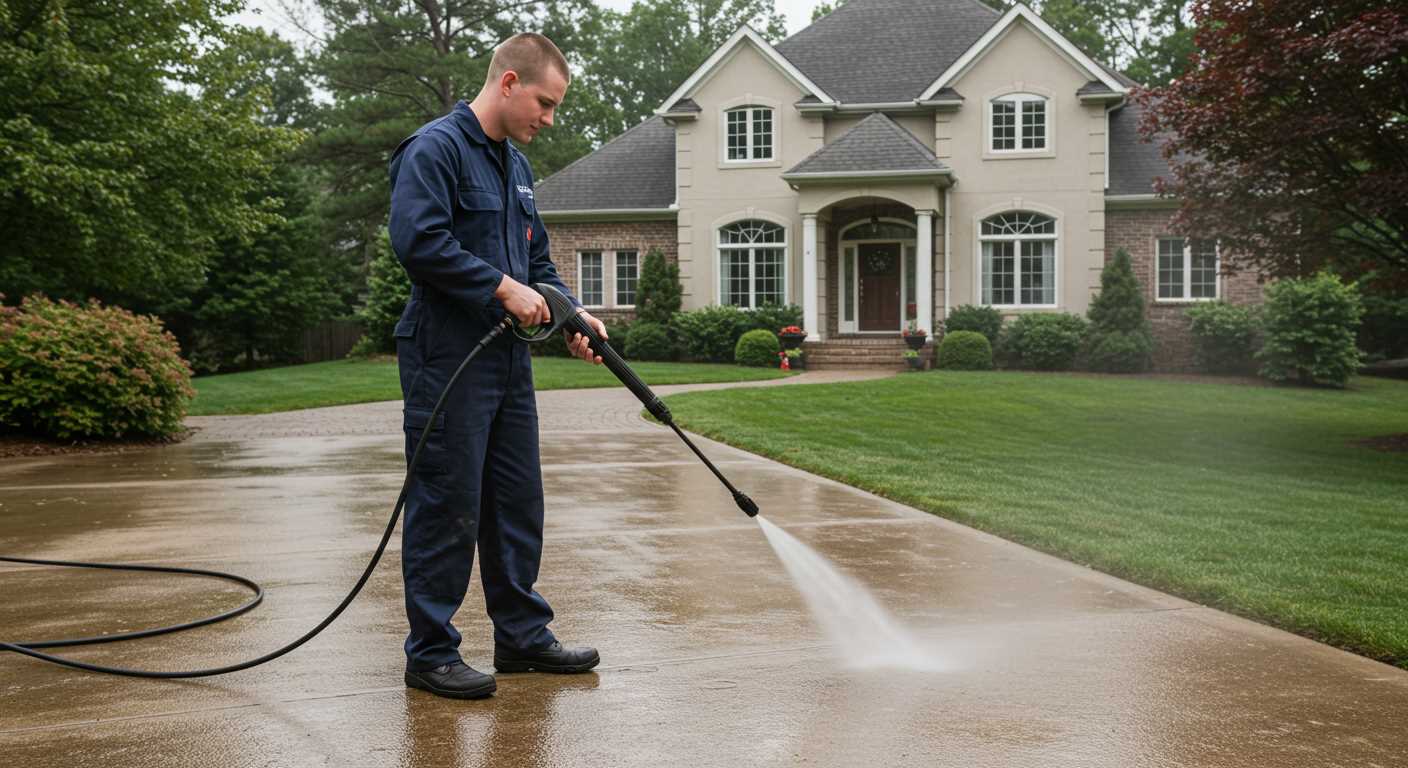
Immediately after an incident involving high-pressure fluids, I recommend applying a cold compress to the affected area. Use a clean cloth soaked in cold water or a gel pack. If utilising ice, wrap it in a towel to prevent direct contact with skin, which can cause further damage.
Keep the compress on the site for 10 to 15 minutes, allowing the skin to absorb the cold. This action mitigates swelling and eases pain. Repeat this process multiple times throughout the first day to maintain comfort.
Be cautious–if the cold sensation persists or if the area becomes increasingly painful, seek professional medical assistance. Prioritising accurate temperature regulation is key to safe healing.
Use Appropriate Burn Ointments
Select a burn ointment specifically designed for treating thermal injuries. Look for products containing ingredients such as aloe vera, which helps in soothing the skin and promoting healing. Silver sulfadiazine is also effective for its antibacterial properties and is commonly recommended for second-degree injuries.
It’s important to apply the ointment gently without rubbing it into the skin. A thin layer is sufficient to create a protective barrier against infection. Avoid using ointments with a high concentration of alcohol or other irritants that may worsen the situation.
For superficial damage, over-the-counter ointments like Neosporin can be beneficial in providing moisture and reducing the risk of infection. Always check the packaging for instructions and any potential allergens.
After application, covering the area with a non-stick bandage can help maintain moisture and provide additional protection. Change the dressing daily or as needed to keep the area clean and reduce discomfort during the healing process.
Monitor for Signs of Infection
Check the affected area regularly for changes that might indicate an infection. Key symptoms include increased redness, swelling, warmth, pus or other discharge, and escalating pain. If you notice these signs, it’s crucial to seek medical advice promptly.
Symptoms to Watch For
| Symptom | What It Indicates |
|---|---|
| Increased redness | Possible spread of infection |
| Swelling | Body’s inflammatory response |
| Warmth around the area | Increased blood flow due to infection |
| Pus or discharge | Presence of bacteria |
| Increased pain | Potential infection or complication |
Action Steps

If any of these signs develop, cleanse the area gently with mild soap and water, then contact a healthcare professional. Early intervention can prevent complications and promote better healing outcomes.
Consult a Healthcare Professional When Necessary

If the injury shows signs of severity, it’s wise to seek assistance from a medical expert. Symptoms such as blistering, increased pain, or expanding redness could indicate that specialised attention is necessary.
Indicators for Professional Help
- Burn covers a large area or affects sensitive areas like the face, hands, or genitals.
- Wounds continue to worsen despite basic home management.
- Fever develops or symptoms of infection become apparent.
- Severe pain occurs that over-the-counter pain relief cannot alleviate.
During the consultation, be ready to provide details about the incident and previous care. Bring any documentation regarding the injury if available. This information will assist the healthcare professional in assessing the situation accurately and determining the best course of action.
Follow-Up Care
Follow medical guidance carefully. Instructions may include prescription medications, advanced treatments, or physical therapy if movement is restricted. Regular check-ups might also be recommended to monitor the healing process.
Addressing any injury effectively is paramount. Engaging a healthcare professional early on can significantly influence recovery outcomes and overall healing.
Prevent Future Pressure Cleaner Burns

Wear protective gear, including gloves, long sleeves, and safety goggles, each time I operate the machinery. Choosing appropriate clothing helps protect exposed skin from hot water and debris.
Maintain a safe distance between the nozzle and the skin. A minimum of 2 feet is advisable. Adjusting the nozzle to a wider spray pattern reduces the risk of direct contact and injury.
Stay informed about the equipment’s operation. Understanding the machine’s pressure and temperature settings ensures I do not unintentionally expose myself to dangerous levels. Always refer to the manufacturer’s guidelines for safe usage.
Inspect the equipment regularly for wear or damage. A compromised nozzle can increase leakage risks, potentially leading to burns. Replace worn components immediately to maintain safety standards.
Practice mindful cleaning techniques. Avoid obstructing the nozzle during use, as this can cause increased pressure and unexpected splashes. Keeping attention on the task at hand minimises accidental injuries.
Stay hydrated and take breaks. Working for extended periods can lead to fatigue, which may increase the likelihood of an unfortunate incident. Regular breaks help maintain focus and proper handling practices.
Store equipment and cleaning agents safely. Ensure all items are out of reach of children and pets, as unintentional access can lead to harmful situations.









